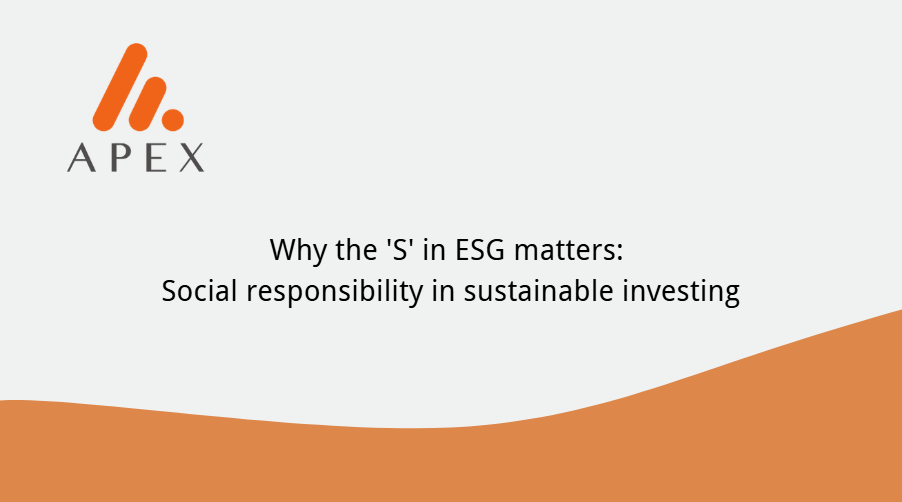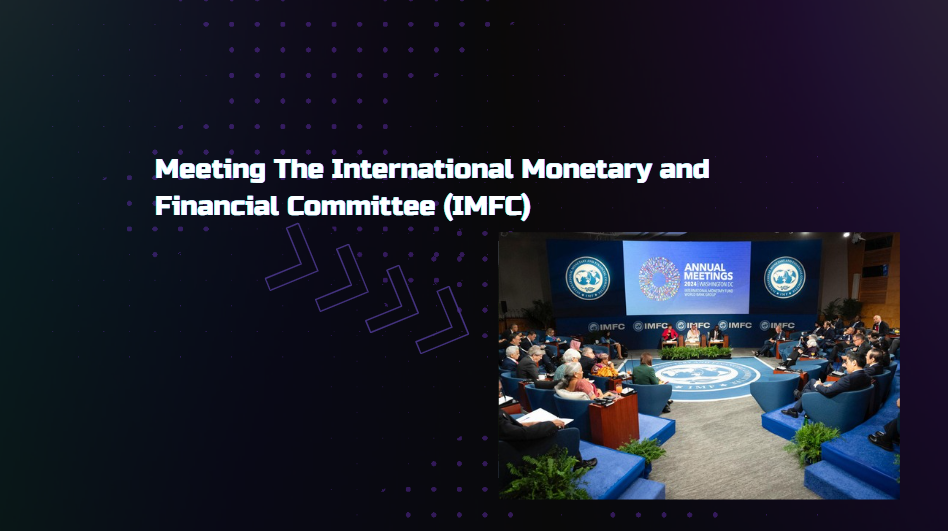PBOC's Outright Reverse Repo: A Strategic Innovation in Liquidity Management
The People's Bank of China (PBOC) has introduced the outright reverse repo, a groundbreaking addition to its monetary policy toolkit, designed to deepen liquidity provision and stabilize financial markets. This innovative tool distinguishes itself by allowing the PBOC to purchase securities with the right to hold them outright, rather than requiring their repurchase by the original dealer. This “buyout” feature provides unique advantages in flexibility, investor confidence, and liquidity control that traditional tools like the short-term Standing Lending Facility (SLF) or medium-term Lending Facility (MLF) cannot fully achieve.
Key Innovations and Features of the Outright Reverse Repo
1. Enhancing Market Flexibility and Security
Where traditional PBOC liquidity tools, such as the MLF, provide medium-term funding, their use of non-tradable collateral can restrict liquidity movement within secondary markets. In contrast, outright reverse repos permit the permanent transfer of securities, which allows for their free circulation in secondary markets, reducing exposure risks for banks and the central bank in times of financial stress. This feature aligns with international norms and is particularly appealing to foreign investors, who favor outright repos for their enhanced liquidity and security in cases of default.
2. Strengthening Mid-term Liquidity Provision
The outright reverse repo's flexible maturity, extending up to one year, effectively bridges a gap in the PBOC's liquidity toolkit, previously unaddressed between the ultra-short-term SLF and seven-day reverse repos, and the longer-term MLF. By providing a liquidity option covering the 1- to 12-month range, the PBOC can better match banks' funding needs, especially during high-demand periods such as the year-end financial close, which typically sees a concentration of MLF maturities. For instance, a significant 2.9 trillion yuan in MLF is set to mature in November and December, creating year-end pressure that outright reverse repos are well-suited to alleviate.
Comparative Advantages Over Existing Liquidity Tools
Each of PBOC's existing liquidity tools serves a distinct purpose, targeting various liquidity demands. However, the outright reverse repo introduces additional flexibility, addressing mid-term needs while supporting smoother market operations:
Medium-term Lending Facility (MLF): A one-year instrument intended for medium-term liquidity provision, primarily to support banks and guide mid-term policy rates. Unlike outright repos, however, MLF collateral is non-transferable, limiting liquidity options in secondary markets.
Standing Lending Facility (SLF)and Short-term Liquidity Operations (SLO): Both address immediate liquidity needs, with SLF acting as a ceiling for the interest rate corridor and SLO catering to emergency scenarios. Their short durations, typically under a week, make them insufficient for managing longer liquidity cycles.
Pledged Supplementary Lending (PSL)and Central Bank Bill Swap (CBS): These tools support policy banks and bolster capital levels but are long-term in nature, addressing specific lending programs. Outright reverse repos, by contrast, serve a flexible mid-term duration, providing the PBOC with monthly, on-demand liquidity management options.
Open Market Operations (OMO)and seven-day reverse repos: Regular liquidity tools that enable the PBOC to inject or absorb short-term liquidity, largely concentrated at the short end of the yield curve. The outright reverse repo, however, extends duration versatility across the curve.
Reducing “Free-rider” Bidding in Interest Rate Tenders
A unique structural advantage of the outright reverse repo is its ability to discourage “free-riding” during interest rate bidding. Previously, some institutions would delay active participation, waiting to benefit from lower rates already set by competitors, disrupting effective price discovery. By using a fixed-quantity, multiple-price tender, outright reverse repos encourage institutions to bid competitively based on their actual rate needs rather than relying on last-minute decisions. This method fosters a more accurate demand representation and a balanced, competitive market environment.
Strategic Implications for Financial Market Stability
The outright reverse repo stands as a valuable addition to China's monetary policy arsenal, enabling a level of precision in liquidity management previously unachievable. By balancing short-, medium-, and long-term tools, the PBOC now possesses the flexibility to respond to a broader range of liquidity pressures, including MLF expirations, market stress, and seasonal fluctuations. In embracing practices aligned with global markets, particularly those favored by foreign investors, the outright reverse repo strengthens China's interbank system, enhancing its appeal and positioning it competitively on the international stage.
As China's economy adapts to new financial demands, the PBOC's adoption of outright repos highlights a commitment to maintaining a resilient and globally integrated liquidity framework, positioned to underpin stable domestic and international economic growth.






















































First, please LoginComment After ~